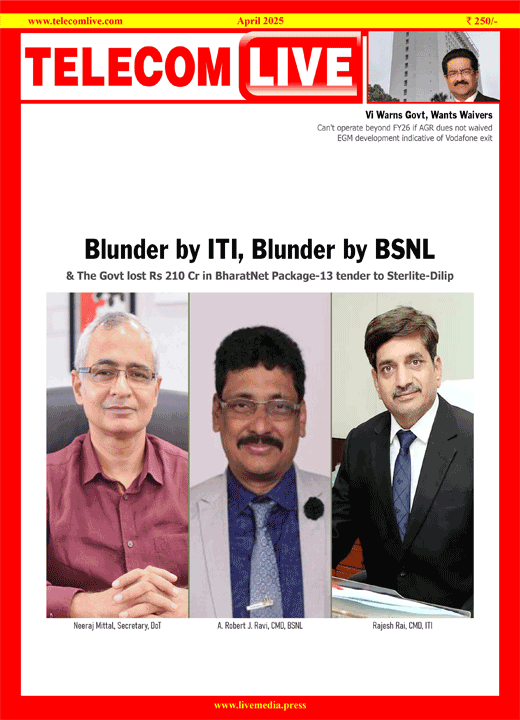India to invest $30 billion in tech sector, semiconductor supply chain: Report
India will spend $30 billion to restructure its IT industry and build up a semiconductor supply chain to ensure it is not “kept hostage” by foreign providers, a top Indian diplomat told Nikkei Asia in an interview.
According to Gourangalal Das, director-general of the India-Taipei Association, the South Asian country’s de-facto embassy in Taipei, the investment initiative is aimed to boost local production of semiconductors, displays, advanced chemicals, networking and telecom equipment, as well as batteries and electronics.
“There is a rise in demand for semiconductors,” Das was quoted as saying in the report. He went on to say that India’s chip demand is expanding at a rate roughly double that of the rest of the world. “By 2030, India semiconductor demand will reach $110 billion. So by that time, it will be over 10% of global demand.”
Unlike the United States and the European Union, who want to bring in some of the most cutting-edge chip production, Das said India wants to bring in more “mature” chips.
Apart from a vast domestic market, India has a large pool of engineers, according to Das, who will help the country attract international investors and revitalise the local electronics industry.
He further added that India was considering not only LCD display technology, which is widely used in televisions, but also higher-end organic light-emitting diode (OLED) displays, which have become popular in premium and foldable smartphones.
According to him, the main goal of India’s $30 billion programme is to develop a complete supply chain ecosystem. Two chip facilities and two display plants will cost a total of $10 billion. Almost $7 billion will go to the electronics industry, which includes manufacturing behemoths like Foxconn and sister iPhone assembler Pegatron. The remaining $13 billion, Das said, would go toward “affiliated services such as telecommunications, networking, solar photovoltaic, sophisticated chemistry, and battery cells.”



